7 start with B start with B
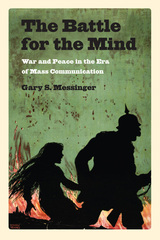
Gary Messinger shows that over the last 150 years a succession of breakthroughs in the realm of media has reshaped the making of war and peace. Along with mass newspapers, magazines, books, motion pictures, radio, television, computer software, and telecommunication satellites comes an array of strategies for exploiting these media to control popular beliefs and emotions. Images of war now arrive in many forms and reach billions of people simultaneously. Political and military leaders must react to crowd impulses that sweep around the globe. Nation-states and nongovernmental groups, including terrorists, use mass communication to spread their portrayals of reality.
Drawing on a wide range of media products, from books and articles to films and television programs, as well as his own research in the field of propaganda studies, Messinger offers a fresh and comprehensive overview. He skillfully charts the path that has led us to our current situation and suggests where we might go next.
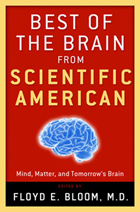
We hear about a woman with an artificial arm controlled by her mind, read stories about the creative potential of “right-brain” and “left-brain” people, and watch science fiction films featuring characters with implanted mind chips. Yet few of us understand the science behind these and other visionary advances being made today in brain research. Leading neuroscientists and scholars have charted the stream of new findings in Scientific American and Scientific American Mind, and their articles from the past eight years, compiled here in a comprehensive volume, offer diverse and provocative perspectives on various cutting-edge brain science projects.
Scientific American, the oldest continuously published magazine in the United States, has long been the standard bearer of science journalism, and the brain science articles published in its pages offer unparalleled insights into the world of neuroscience. The expert articles assembled here, divided into three sections, reveal the latest developments of brain research in a compelling and wholly readable fashion and explore the range of fields and topics now included under the umbrella of neuroscience.
Consciousness and creativity are the focus of the “Mind” section, which features such compelling essays as science writer Carl Zimmer’s examination of how the brain creates a sense of self. Steven E. Hyman, Harvard Provost and former director of the National Institute of Mental Health, proposes new ways of diagnosing psychiatric disorders in “Matter,” a section that also features articles on psychological disorders, addictions, and other topics related to the interaction between body and brain. And “Tomorrow’s Brain” reveals the intriguing future potential of man-machine interactions, as well as pioneering new methods of brain treatment. Eminent neuroscientist Floyd E. Bloom also contributes an engaging introduction that situates these pieces on the front lines of brain research.
In today’s technologically driven world, our lives are changing faster than ever, and neuroscience is becoming an integral part of that transformation. Best of the Brain from Scientific American gathers the very best writings on this sea change, providing an invaluable guide to the exhilarating possibilities of neuroscience.

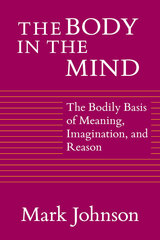
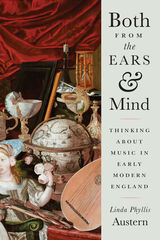
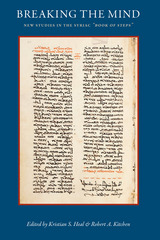
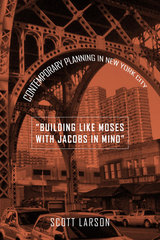
The antagonism between urbanist and writer Jane Jacobs and master builder Robert Moses may frame debates over urban form, but in "Building Like Moses with Jacobs in Mind," Scott Larson aims to use the Moses-Jacobs rivalry as a means for examining and understanding the New York City administration's redevelopment strategies and actions. By showing how the Bloomberg administration's plans borrow selectively from Moses' and Jacobs' writing, Larson lays bare the contradictions buried in such rhetoric and argues that there can be no equitable solution to the social and economic goals for redevelopment in New York City with such a strategy.
"Building Like Moses with Jacobs in Mind" offers a lively critique that shows how the legacies of these two planners have been interpreted—and reinterpreted—over time and with the evolution of urban space. Ultimately, he makes the case that neither figure offers a meaningful model for addressing stubborn problems—poverty, lack of affordable housing, and segregation along class and racial lines—that continue to vex today's cities.
READERS
Browse our collection.
PUBLISHERS
See BiblioVault's publisher services.
STUDENT SERVICES
Files for college accessibility offices.
UChicago Accessibility Resources
home | accessibility | search | about | contact us
BiblioVault ® 2001 - 2024
The University of Chicago Press









